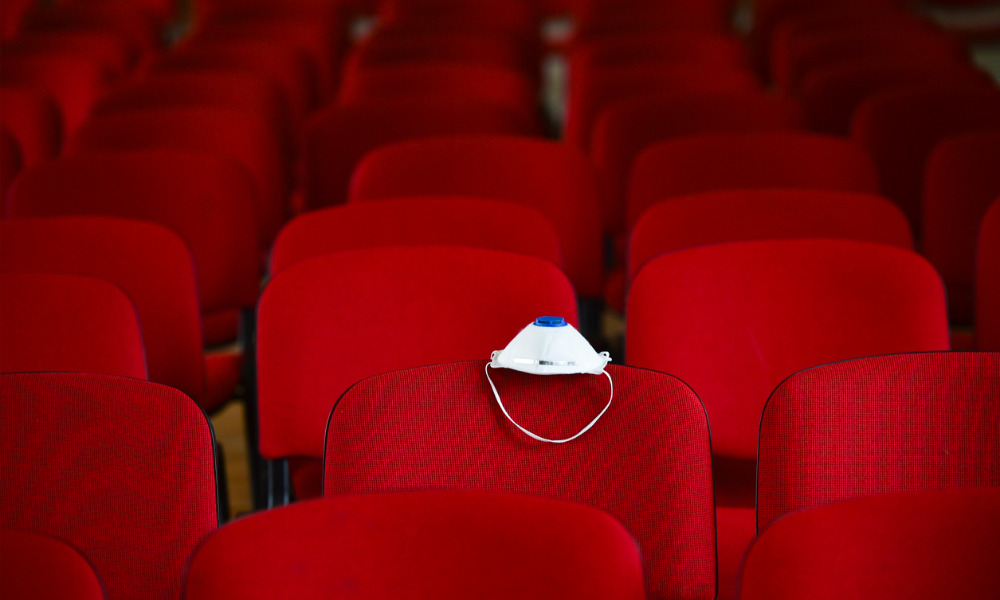We were the first to shut down and we may be one of the last industries to come back, says union leader

The pandemic has had devastating effects on almost all industries, with theatres being some of the hardest hit.
“Physical distancing restrictions have had a direct impact on the industry,” says John Lewis, International Vice President and Director of Canadian affairs for the International Alliance of Theatrical Stage Employees (IATSE).
IATSE has around 155,000 members in North America, and is based in both the US and Canada. They represent behind the scenes technicians for live performance, broadcast, and motion picture and television production.
“We were the first to shut down – particularly with live performance – we may be one of the last industries to come back because of the need for crowds,” he says.
Tough conditions
As opposed to film or television, which has somewhat managed to bounce back in recent months, theatre and live performance have had a rough go of it.
“There are safety protocols in place, but because of the physical limitations for crowds nothing has really taken off,” says Lewis.
He mentions that some groups have managed to pull together some outdoor events, but it’s been very limited.
Some companies – in the Canada and the US – have announced that they may be touring over the summer and performing to smaller crowds, with restrictions on capacity. But this is all dependant on how the pandemic progresses.
For example, Saskatchewan recently announced that they have tied reopening to vaccination levels. So for example, if 60 per cent of adults over a certain age that are vaccinated, then it will allow up to 150 people in the theatre.
“We're hoping more provinces give that kind of guideline so theater companies have targets, they can start to plan and put in place goals so that it's open and transparent,” says Lewis. “We're trying to make sure that that there's clear identifiable goals, so people can start to plan for the future.”
Financial concerns
Live performance is a precarious industry right now, with many workers heavily reliant on government funding such as EI or CRB.
Lewis says that there will likely be additional costs for mounting shows, just in terms of implementing safety protocols to make sure that the customers are safe, but also the performers and the crew are safe.
This is a financial concern for companies, who need to fill a certain amount of seats to recoup costs. Opening at limited capacity may not allow them to do this.
Creative coalition groups have been lobbying the federal government to ensure that those in the industry who need financial help get the help that they need.
“We have been lobbying, quite effectively I think, throughout the pandemic to really point out that the entertainment industry, particularly the live performance industry, has been devastated,” says Lewis.
Lewis says that he estimates that theatres will really be able to come back in early 2022.
“I think there's going to be a pent-up demand, people miss going out to shows,” he says. “I think there's going to be a real need. But as an industry, we have to make sure that people feel comfortable and safe returning to those theaters. So we'll all have to work hard on that.”





